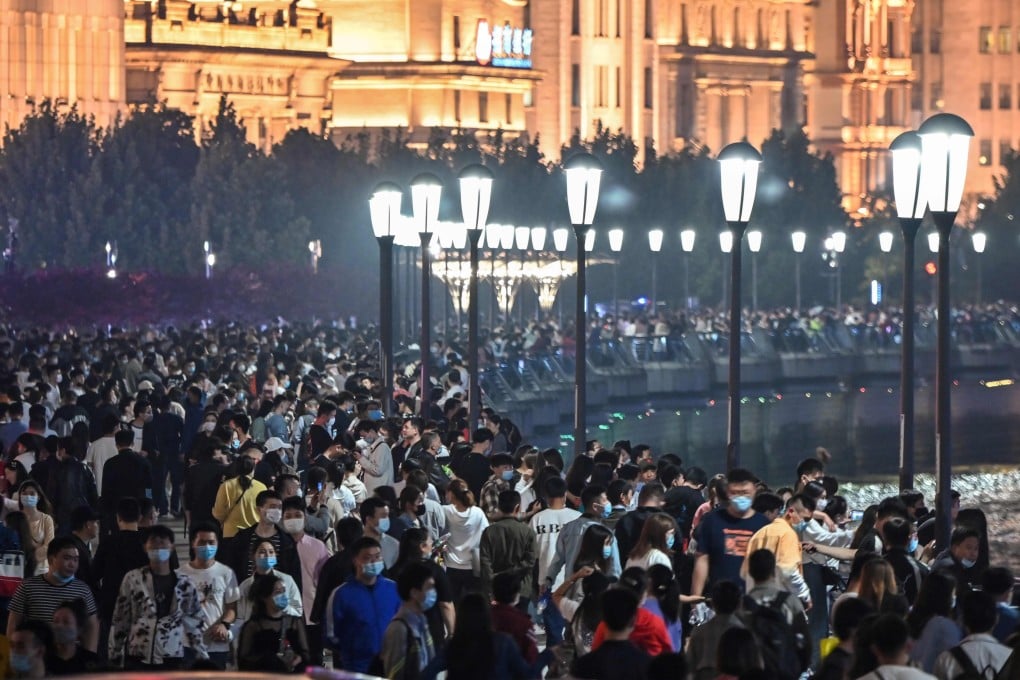Shanghai looks to five suburbs to reduce population density in China’s commercial hub
- Five new towns will be developed in the Qingpu, Fengxian, Jiading, Nanhui and Songjiang districts
- Shanghai mayor Gong Zheng had promised to build major industrial projects with high-quality public infrastructure and comprehensive transport hubs

Shanghai’s authorities have unveiled a grand plan to develop new townships out of five suburban districts to relieve the population density in the sprawling megapolis of almost 25 million people.
Five new towns will be developed in the Qingpu, Fengxian, Jiading, Nanhui and Songjiang districts, where Shanghai mayor Gong Zheng had promised to build major industrial projects with high-quality public infrastructure and comprehensive transport hubs.
“Nanhui will attract a bigger volume of eyeballs,” Yin said. Shanghai’s municipal government will “direct a huge population to Lingang in the coming years to build it into a real boomtown,” he said.

The development of the five new towns, dubbed as Shanghai’s satellite cities, was approved by the local legislature in late January. Avidly expecting detailed operating guides by the city government to make their own plans, developers, homebuyers, manufacturing businesses, retailers and other service providers have started studying the feasibility of investing in the new towns
By 2035, each new town will have a population of more than 1 million people. A combined population of 5 million in the satellite cities will account for about one sixth of the city’s total at that time. They cover a total area of 820 sq km, 13 per cent of the city’s total 6,340 sq km.